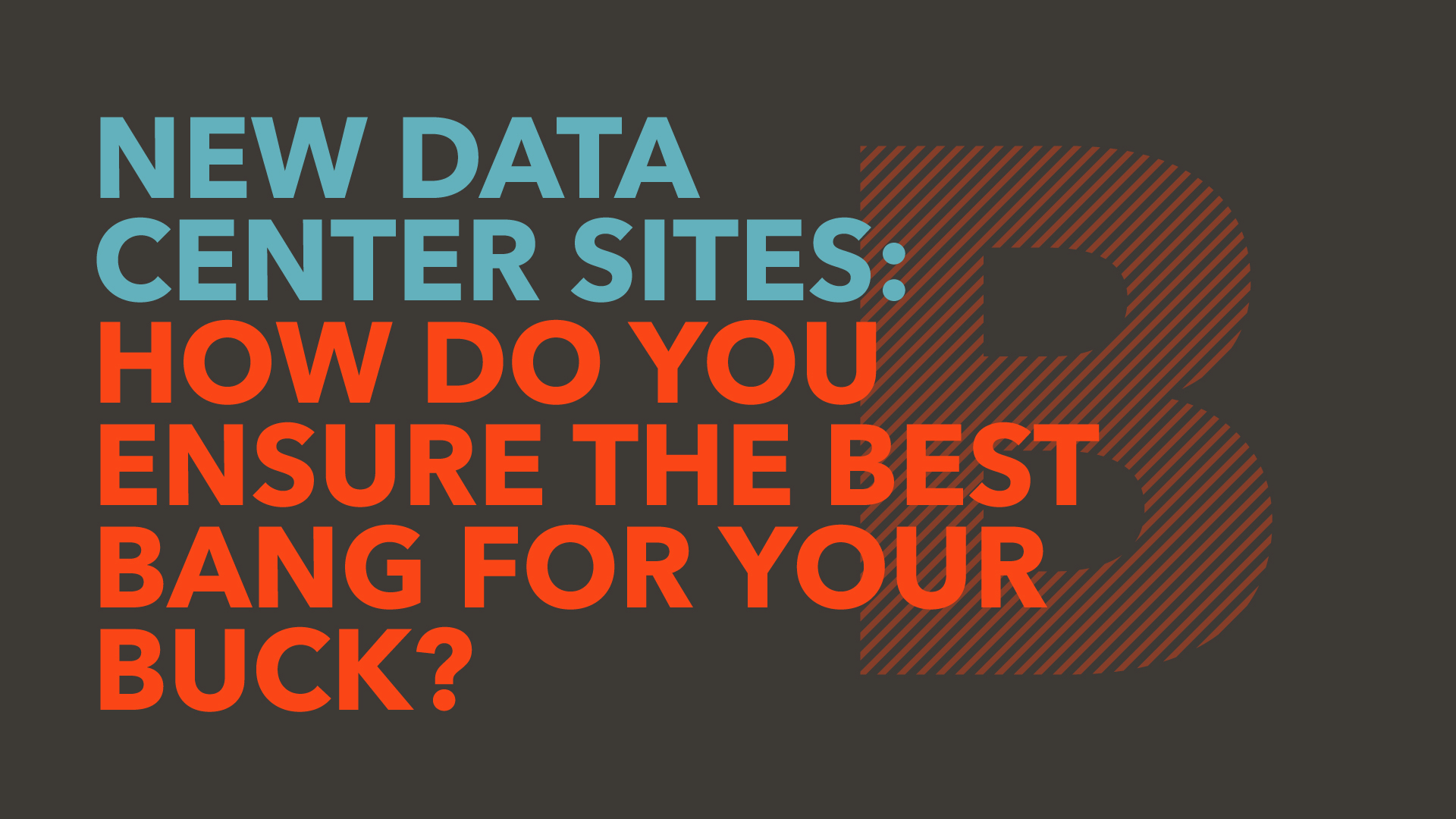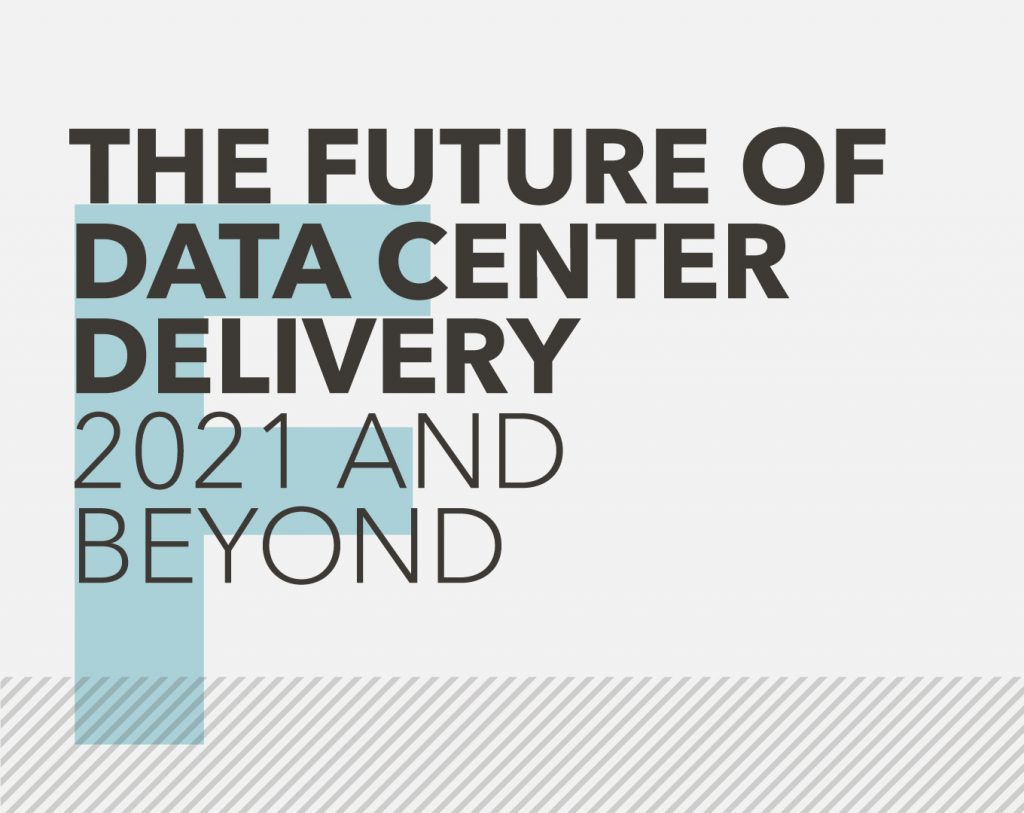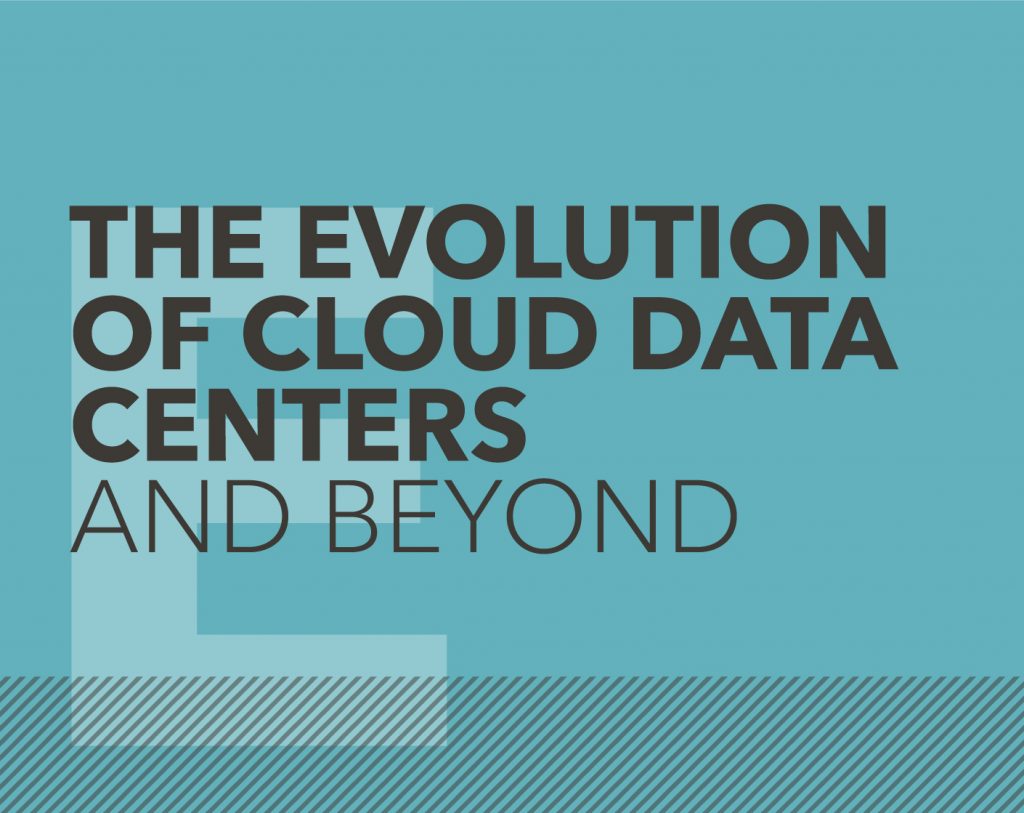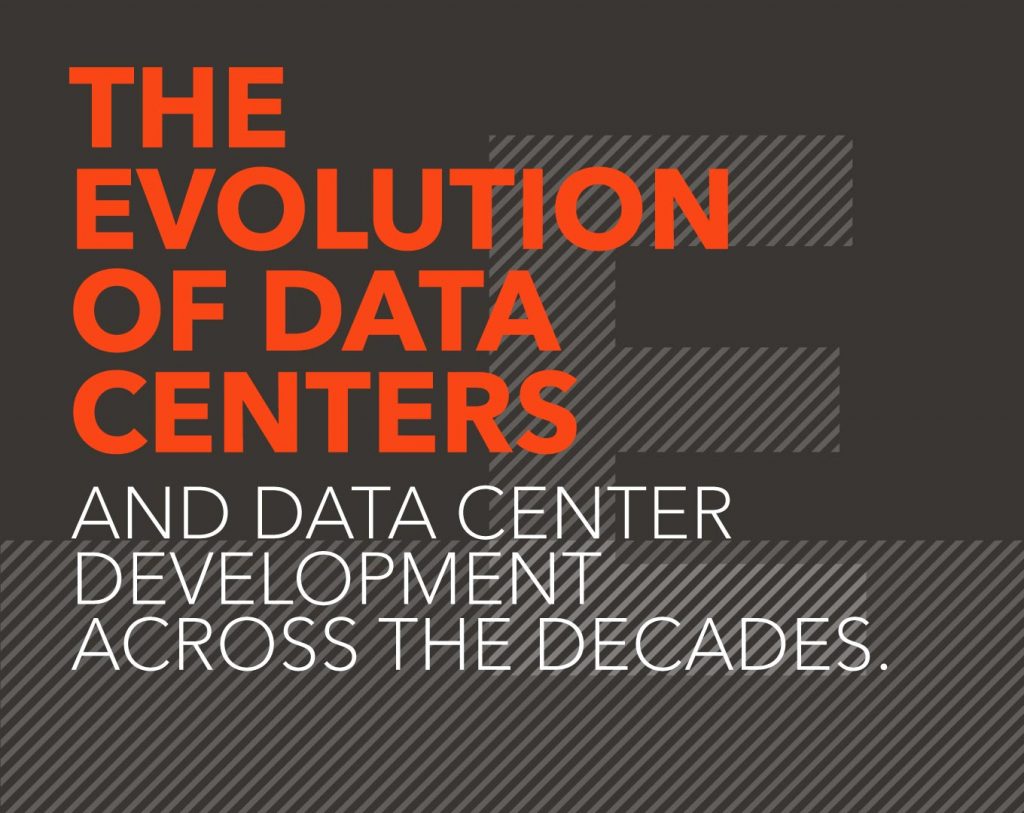How do you ensure the best bang for your buck?
By: David King

The pace of technology is like a runaway train. Lightning fast and you’re running just to stand still.
The speed of digital growth has meant the need for hyperscale data centers has grown exponentially. As COVID-19 continues to rampage across the globe, it’s forced us all to rapidly reshape our businesses and lives. With so many of us working remotely, large scale data centers are now critical to the survival of most businesses.
Now data centers are the beating heart of everything we do. When selecting where to locate yours, it’s crucial to get it right. In order to beat off the competition, this often needs to be done at speed, and a mistake can cost you dearly. At Yondr we prioritise optimisation of costs every step of the way to ensure each and every data center is developed as cost efficiently as possible.
There are many balls to juggle when calculating the capital expenditure, or capex of a potential data center site. Ensuring the myriad factors are aligned can feel like herding cats!
The challenge is that the data center market is relatively new, so information is limited. This is partly due to commercial sensitivities around sharing of information like costs and design.
Cost planners and cost managers who gather local market intelligence are the antenna of the business. But there are still few who specialise in data centers, as it is such a fledgling market. The Royal Institution of Chartered Surveyors (RICS) highlights the importance of accurate and early cost planning to ensure the financial success of a new data center project. Royal Institute of British Architects (RIBA) also outlines a whole host of factors to calculate the capex as accurately as possible.
Factors to consider include;
Power
Access to a sufficient power supply, and the potential costs of powering a site effectively must be considered. Get this wrong at the outset and costs can soon spiral once development of a data center has begun. If power supplies are unreliable, data center downtime will cost the business dearly in terms of customer service issues and reputational damage.
Access to fibre
Easy access to available fibre is also critical to the location of the data center, and the cost of installing and maintaining this should be integral to any capex calculation.
Geography
A careful balancing act is required between the ease of doing business in a particular country, the cost variables (eg. tax regimes in particular countries) and the risks of locating a data center there. For example, the level of customer demand in a particular location may seem at odds with the costs of managing risks like natural disasters such as flooding or earthquakes. The pros and cons need to be weighed up and costed out before investing in a particular location.
Political stability
There’s not much in the world that can’t be disrupted by politics, and data centers are no exception. Civil unrest or war breaking out in the country your data center is in can lead to problems like loss of power, disruption of your workforce and even site closure, so some political crystal ball gazing is required before selecting your site.
Security
They say data is the new gold, so your data center needs to be built like Fort Knox, and have steel-strong protection from cyber attacks. Customers want total confidence that their personal details are in safe hands. This comes at a price, and the cost implications of ensuring the highest standards of protection need to be factored in.
Will the earth move?
A natural disaster such as an earthquake could significantly disrupt a site. Any seismic activity in the ground beneath can have a potentially costly impact on the construction of the data center. If this risk is not considered from the outset, unexpected construction costs can materialise, impacting the bottom line and delaying the opening of your data center.
The burgeoning demand for digital services is not slowing down any time soon, and customers are more discerning than ever. The global pandemic has been the catalyst for a seismic shift in people’s work styles that looks set to become permanent. This means demand for large scale data centers is snowballing, yet customers are increasingly questioning the green credentials of suppliers.
The tech sector is no exception, so businesses will need to strike a balance between demand for digital and environmental sustainability to remain competitive for the long haul in an increasingly demanding digital world.



